India’s summer is vibrant, long, and intense—with temperatures ranging from warm to scorching across regions. For garden enthusiasts, the season brings both opportunities and challenges. While the heat can be hard on many plants, there is a wide range of beautiful and hardy species that thrive during the Indian summer. Whether you’re growing flowers, vegetables, or ornamental greenery, selecting the right summer plants is key to creating a flourishing garden that stays colorful and healthy during the hottest months.
This article explores the best summer plants for Indian gardens, categorized by flowers, vegetables, and shade-giving greenery, along with tips on care, layout, and soil preferences.
Why Choose Summer-Ready Plants?
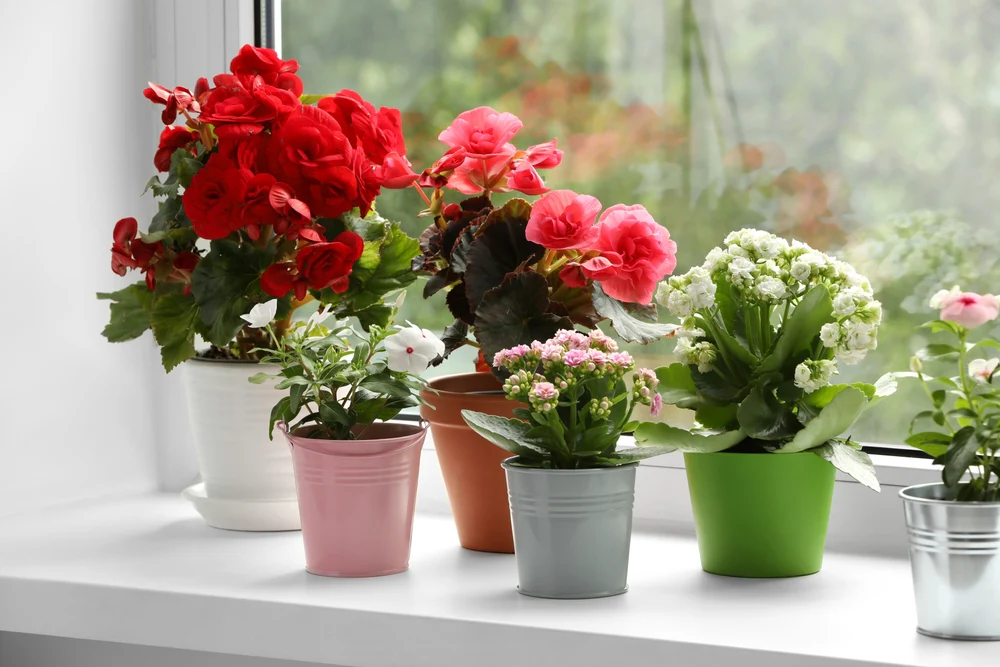
Summer-adapted plants are naturally resistant to intense heat, dry winds, and occasional water scarcity. They are also more likely to bloom or yield fruit during the warm season, making them ideal for creating colorful, low-maintenance garden spaces.
Benefits include:
- Long-lasting blooms
- Higher drought tolerance
- Less susceptibility to pests and diseases
- Increased pollinator activity (bees, butterflies, birds)
1. Flowering Plants That Love Indian Summers
a. Marigold (Tagetes)
Marigolds are a summer favorite across India. Their vibrant yellow and orange blooms are a symbol of positivity and are often used in religious and decorative garlands.
- Sunlight: Full sun
- Watering: Moderate; drought-tolerant once established
- Soil: Well-drained sandy or loamy soil
- Bonus Tip: Deadhead regularly to encourage more blooms.
b. Bougainvillea
Ideal for boundary walls or pergolas, bougainvillea thrives in dry, sunny climates and requires minimal maintenance.
- Sunlight: Full sun
- Watering: Low
- Soil: Slightly acidic and well-draining
- Bonus Tip: Use as a hedge or climbing vine for striking visual appeal.
c. Zinnia
These sun-loving, colorful flowers bloom profusely and attract pollinators like butterflies.
- Sunlight: Full sun
- Watering: Moderate
- Soil: Rich in organic matter, well-draining
- Bonus Tip: Grow in clusters for a fuller, cottage-garden look.
d. Portulaca (Moss Rose)
A hardy ground-cover plant with succulent leaves, portulaca thrives in hot, dry conditions.
- Sunlight: Full sun
- Watering: Minimal
- Soil: Sandy or gravelly soil
- Bonus Tip: Perfect for hanging baskets or edging beds.
2. Edible Summer Plants (Fruits and Vegetables)
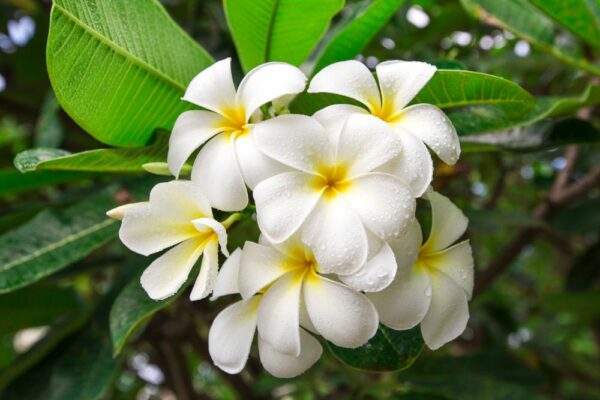
Summer is also a great season to grow fast-maturing, heat-tolerant vegetables and fruits in home gardens.
a. Okra (Bhindi)
A widely used vegetable in Indian kitchens, okra thrives in summer heat and grows fast.
- Sunlight: Full sun
- Watering: Regular (but avoid waterlogging)
- Soil: Loamy with good organic content
- Bonus Tip: Harvest young pods to ensure tenderness.
b. Tomato
While sensitive to extreme heat, tomatoes perform well in summer with proper mulching and watering.
- Sunlight: 6–8 hours of direct sun
- Watering: Consistent, around the base
- Soil: Rich in organic matter, pH 6.0–7.0
- Bonus Tip: Support plants with stakes or cages to prevent rot.
c. Cucumber (Kheera)
Cooling and refreshing, cucumbers are fast-growing vines that thrive in Indian summers.
- Sunlight: Full sun
- Watering: Frequent
- Soil: Moist, well-drained loam
- Bonus Tip: Train the vines vertically to save space.
d. Bitter Gourd (Karela)
Another heat-hardy vine, bitter gourd is both nutritious and a great space-saver.
- Sunlight: Full sun
- Watering: Moderate
- Soil: Sandy loam
- Bonus Tip: Use trellises for better airflow and yield.
3. Ornamental and Shade Plants for Summer Gardens
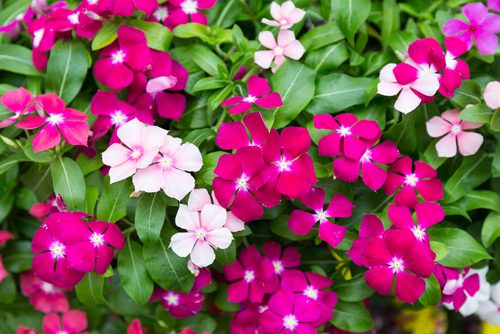
If your aim is to create a calm, shady retreat, consider adding ornamental plants that also offer cooling effects.
a. Areca Palm
Perfect for indoor and semi-shaded outdoor corners, the areca palm adds tropical flair.
- Sunlight: Partial shade
- Watering: Regular
- Soil: Well-draining with organic compost
- Bonus Tip: Keep the soil consistently moist but not soggy.
b. Money Plant (Pothos)
A low-maintenance climber that can grow in water or soil, ideal for green walls or balcony spaces.
- Sunlight: Indirect or filtered light
- Watering: Weekly or when topsoil dries
- Soil: Any fertile, draining mix
- Bonus Tip: Prune regularly for bushy growth.
c. Hibiscus
The hibiscus is a traditional Indian flowering shrub known for its large, bold blooms and medicinal properties.
- Sunlight: Full to partial
- Watering: Frequent during hot months
- Soil: Fertile and slightly acidic
- Bonus Tip: Add organic mulch to retain moisture and promote flowering.
4. Layout Tips for Summer Garden Success
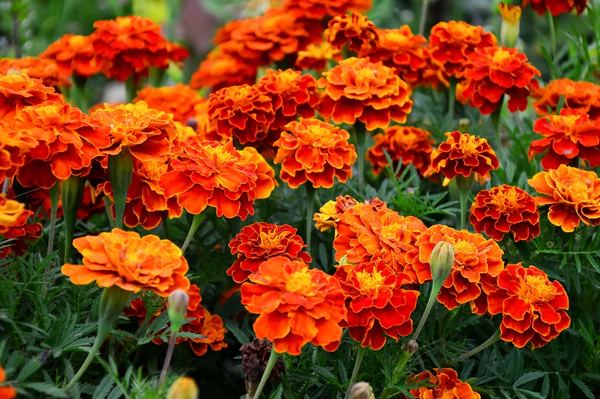
Even the best plants can fail if your layout and placement don’t suit the summer sun. Consider the following tips for effective garden planning:
A. Use Vertical Space
Trellises, hanging baskets, or climbers help utilize walls and save ground space, especially for urban balconies or patios.
B. Provide Mulch and Shade
Organic mulch like straw, bark chips, or dried leaves helps retain soil moisture and protect plant roots from heat.
C. Group by Watering Needs
Place drought-tolerant plants together, and keep water-needy varieties nearby for easier care.
D. Choose Light-Colored Containers
For potted plants, use white or light-colored containers to prevent root overheating.
5. Maintenance Tips During Indian Summers
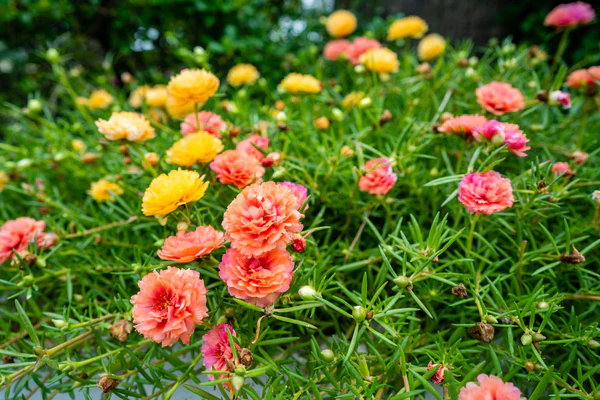
- Water Early or Late: Watering in the early morning or evening reduces evaporation loss.
- Avoid Over-Fertilizing: Too much fertilizer in summer can stress plants.
- Use Drip Irrigation: Efficient and eco-friendly, drip systems ensure deep watering without wastage.
- Regular Pruning: Remove dead or scorched leaves to encourage new growth.
Conclusion
Indian summers, while intense, offer a chance to explore vibrant, hardy, and productive plants. From brightly colored marigolds and zinnias to edible favorites like cucumbers and tomatoes, and lush shade plants like hibiscus and areca palms—there’s a plant for every type of garden and gardener.
By choosing species suited to the heat and combining them with thoughtful placement and care, you can create a lively, cooling, and rewarding summer garden that brings joy all season long.
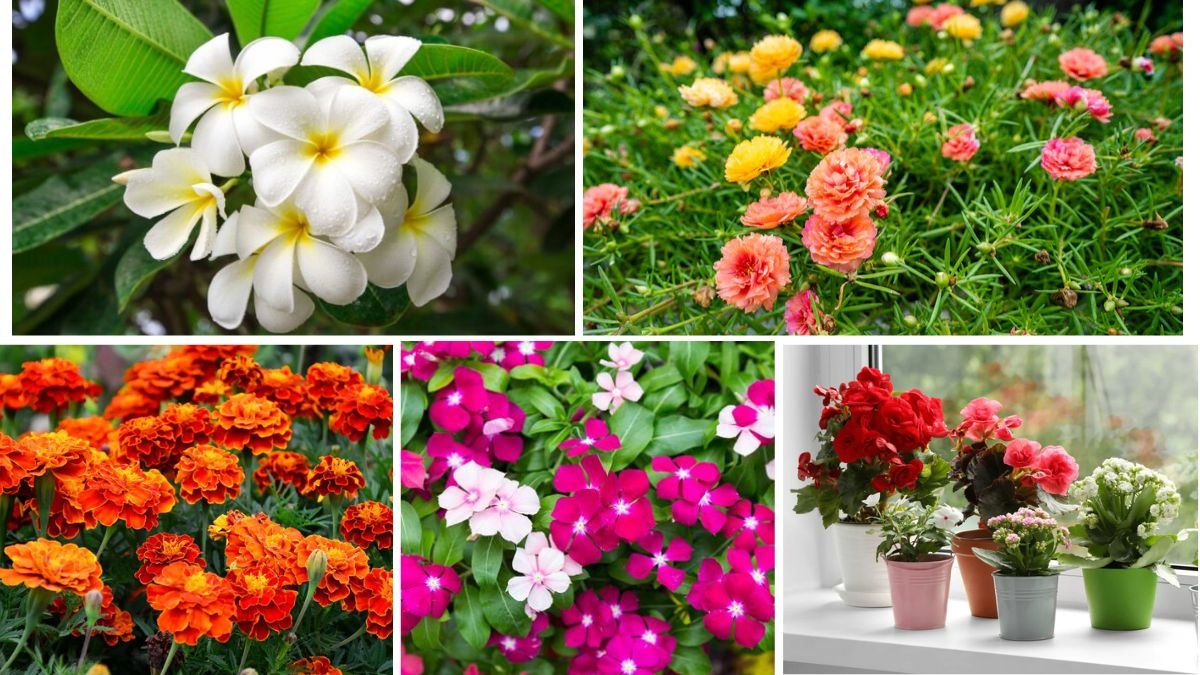





Leave A Comment